Neurologist Karl Dussik was the first person credited for using ultrasound technology for medical purposes when he attempted to detect brain tumors by transmitting an ultrasound beam through a human skull back in 1942. Since then, the field of ultrasonography has grown tremendously and now provides us with an advantage diagnostic and monitoring tool to use in every day practice.
Unlike radiology, or x-rays, that work best on the hard, skeletal portions of the body, ultrasound allows us an up close and personal look at the body’s soft tissue. We can visualize internal organs to measure their size and monitor their consistency. We can scan for masses or abnormal fluid pockets in the abdomen or chest. And unlike in x-rays, ultrasound uses sound waves to create a picture so there is no risk of radiation exposure with repeated or prolonged imaging.
Rather than taking a single picture, as we do with x-rays, ultrasound offers a ‘real time’ view of the body’s organ systems. As such, we can assess blood flow to each of the major vital abdominal and thoractic organs, we can monitor intestinal motility, and we can measure the heart’s volume and contractility, the movement of its valves, and determine how effective it is working. The real time view also allows us to obtain needle biopsies of internal organs and fluids much more effectively and safely.
Ultrasound may not be the perfect imaging modality for every situation but it significantly expands our ability to screen and diagnose our patients for potentially serious conditions with the least amount of stress on the patient themselves.

